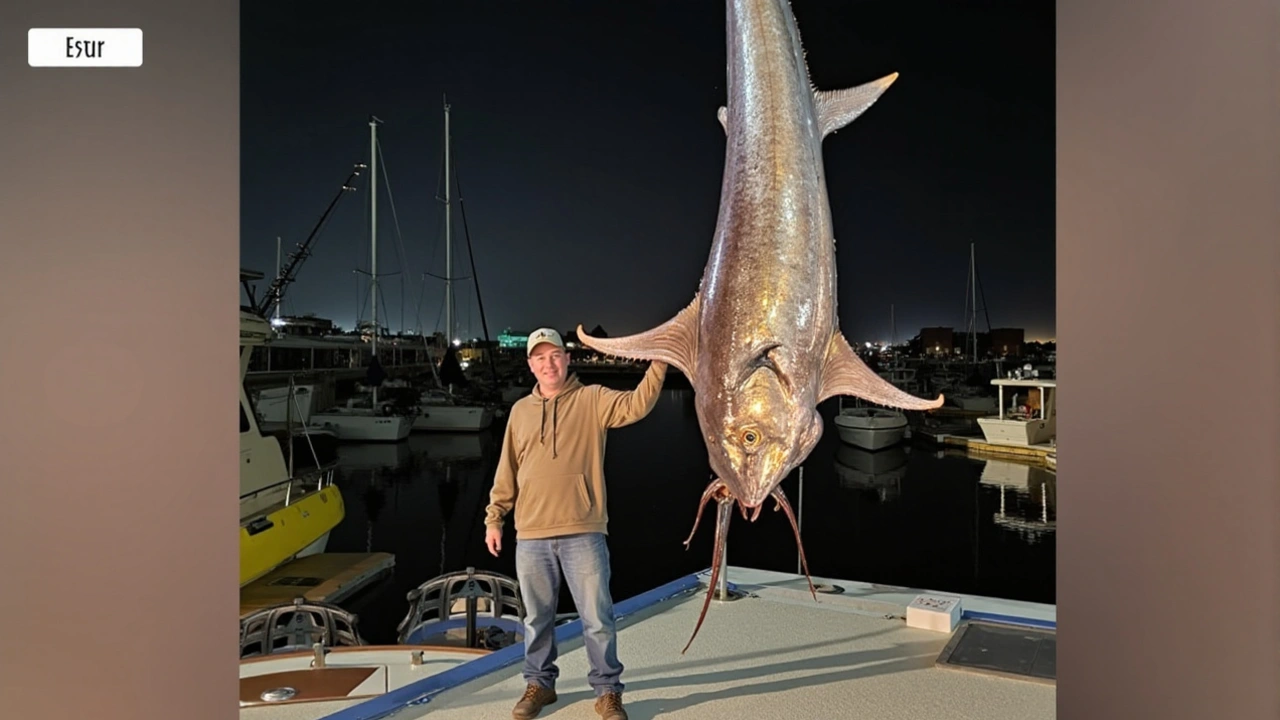Fishing Record: A Simple Guide to Catching and Keeping Your Best Moments
Ever landed a monster fish and wondered if it could be a record? A fishing record isn’t just a bragging right – it’s a way to measure progress and join a community of anglers who love sharing big moments. In this guide we’ll break down what counts as a record, how to log your catch, and easy tricks to up your odds of breaking the next one.
What Counts as a Fishing Record?
There are a few ways a catch can become a record. The most common is size – length, weight, or girth measured with the right tools. Some clubs also track rare species, trophy‑worthy conditions, or the first catch of a season. Official bodies like the International Game Fish Association (IGFA) keep world records, while local angling groups maintain regional lists. Knowing which list you aim for helps you plan the right gear and paperwork.
How to Document Your Catch Correctly
First, get a sturdy measuring tape or a calibrated scale. Weigh the fish right after landing, then record length from snout to tail fork. Snap clear photos from both sides and, if possible, include a ruler for reference. Fill out the record sheet the organization provides – most ask for date, location (GPS is best), weather, and bait used. Submit the form online or mail it in within the required time frame, usually 24‑48 hours.
Keeping a personal log is also smart. Write down notes about water temperature, time of day, and any unusual behavior. Over time you’ll spot patterns – maybe you catch the biggest bass early in the morning when the surface is calm. Those patterns become your secret weapon for future record attempts.
Now that you know the basics, here are three quick tips to boost your chances of setting a new record:
- Target the right spots. Research local lakes or rivers where record‑size fish have been reported. Look for deep holes, drop‑offs, or structures that attract big predators.
- Match the hatch. Use bait or lures that mimic what the target fish is feeding on that day. If the water is murky, go for bright, noisy lures that the fish can sense.
- Stay patient and steady. Big fish often take longer to bite. Keep your line tight, reel slowly, and avoid sudden jerks that could scare them off.
Remember, a fishing record is as much about the story as the numbers. Share your experience on social media, join local angling forums, and celebrate every milestone – even if it’s just a personal best. The more you engage, the more motivated you’ll be to chase the next big catch.
So grab your rod, check your measuring tape, and get ready to turn that trophy fish into an official record. Who knows? Your next outing could be the one that lands you on the leaderboard.

22
Oct
Luc Ofield, a veteran fisherman from Point Loma, has potentially set a new state record by catching a massive 663.8-pound swordfish near San Diego. The enormous catch, made on October 21, 2024, awaits official confirmation to validate the record-breaking claim. The swordfish highlights the challenges of fishing and the rich marine life of the San Diego coast.
Read More
